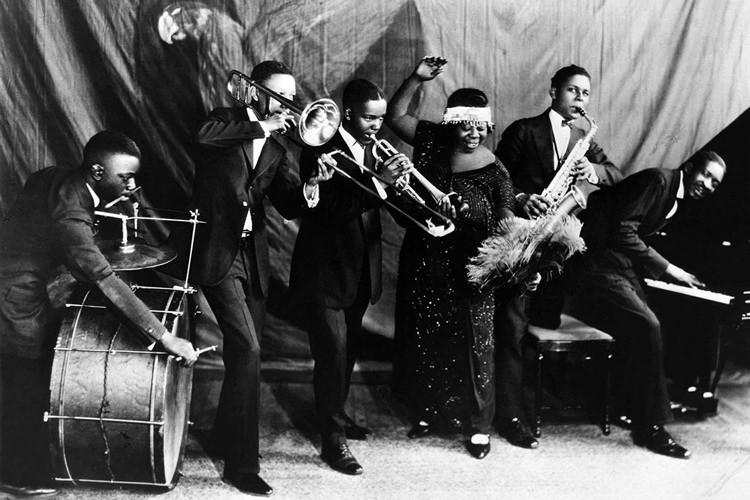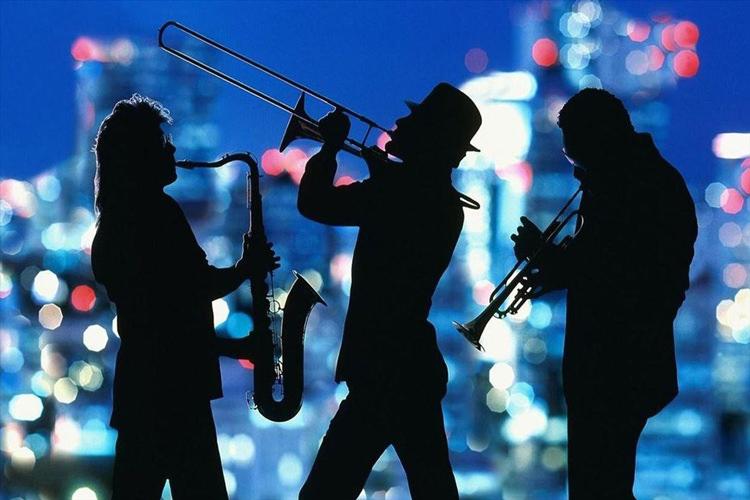Jazz influence on the modern world
Few musical styles have shaped the world as much as jazz has with its infectious harmonic language and rhythm influencing national music trends in every corner of the planet. Beyond the sphere of music, jazz has further become an indispensable staple of major cities like New York or Paris where the style’s irresistible and exceptional traits are important both as the backing track to their history and as a major touristic attraction.
The origins of jazz

The style’s geographical and cultural origin is profoundly related to the African American communities inhabiting the southern regions of the US between the late 19th and early 20th centuries. With their musical roots coming from West-African cultures, this ethnic group developed a unique amalgam of traditional African folk music, work songs, Spirituals and European “art” music.
Jazz’s main traits
Jazz’s musical aesthetic has evolved through many different forms and shapes over the last hundred years. Nevertheless, it has never lost its key components including a general discursive orientation towards improvisation, the employment of syncopated rhythmic structures and the utmost importance of the interaction between the members of the performing ensemble.
Other common qualities refer to individual trends within different jazz branches which perfectly exemplify the enormous diversity and fast-paced development that jazz went through in its century of existence. For example, a common trait to most jazz music is the high prevalence of brass and woodwind instruments as soloists, especially the saxophone, the trumpet and the trombone, while the rhythm section is usually composed of drums, double bass and piano which would both provide the backdrop for the soloists and from time to time break into solos.
The development of Jazz
Over the course of the past century, Jazz music has gone through a massive number of deep transformations to its musical surface. Beginning with the first truly mature and well-defined style of the swing era in the twenties, passing through the bebop style of the forties, the fifties’ modal jazz of Miles Davis, the avantgarde sounds of the post-bop era and of course the absolute liberation from any formal or musical paradigm in the free jazz style of the sixties.
Key figures
Many major jazz musicians have become central figures in mainstream media with some particular cases going as far as truly becoming universal stars like Frank Sinatra or singer and trumpet player Louis Armstrong. Both musicians not only achieved worldwide acclaim for their musical work but also developed important careers in film and mass media.
Other influential musicians include giants such as Miles Davis, Bill Evans, John Coltrane, Dizzy Gillespie, and Charles Mingus, all of whom profoundly shaped the face of jazz for over seven decades.
Jazz’s stance among other musical styles
Music has historically been differentiated into three different possible aesthetic branches. Namely, the categories of “art” music which is best exemplified by European classical music, Folk music which responds to native and regional expressions of culture and Urban popular music which arises in modern cities as a product of urban life.
Jazz can easily fall into both the “art” and urban popular categories while at the same time not being really any of the two with absolute certainty. It is urban in the sense that it came to be as a result of mass migrations towards major cities in the American south and the posterior establishment of nightclub culture. Furthermore, it is also related to the fact that it is to this day a style much based on improvisation and chance events which separate it from the absolute determinacy of “art music”. On the other hand, Jazz has been suggested countless times as the first truly American “art” music style due to the fact that it, differently from other popular styles, has cultivated a highly elaborate musical discourse which emphasizes complexity of structure and a rich harmonic surface. Furthermore, although not as precise as that of western classical music, Jazz also features a written tradition which separates it from other popular and traditional styles which are mostly based on oral tradition or recordings.
How Jazz shaped modern music

Amongst jazz’s most important qualities it is especially relevant to emphasize its deep and profound employment of improvisation as a central discourse generator. This type of approach became a major influence for some of the most important urban popular styles of the later part of the twentieth century like hip-hop and rap which do not only employ improvisation as a compositional resource, but they also have widely sampled jazz songs.
Other major styles and genres have been deeply influenced by the jazz idiom in numerous ways. For example, R&B portrays a wide range of jazz features like the generally syncopated rhythms. Other examples are, Rock music and its usual song structures following jazz models, pop, and the employment of extended chords like seventh, ninth, and thirteenth structures.
To further acquaint yourself with the different shapes and forms of jazz we recommend Radio Art’s 24 popular jazz music channels.
Conclusion
Over the course of the twentieth and twenty-first centuries, jazz music has time after time reaffirmed itself as a firm contender to the status of “art” music, no different than that of European origin. Nevertheless, the style’s nature as a popular urban genre is still a central aspect of its unique soundscape and cultural background.
As a final consideration, while jazz music has undoubtedly become a central element not only of twentieth-century music but of Western culture as a whole, its status as art music has not been as solidly instated due to a wide variety of factors which can be mostly attributed to the fact that it is no longer the dominant musical style of pop culture like it was in the twenties and thirties. Nevertheless, in this very process it has slowly become an object of serious study and examination just like European classical music, and in this process literally becoming a perfect example of “art” music in its own right.
Our website respects the intellectual property rights of creators, as well as the music rights of authors and composers.
The musical works are provided solely for the private use of each visitor/user
and any further exploitation of them in any way is prohibited without prior permission from AUTODIA and EDEM Rights.
Radio Art is fully approved by the Greek Collective Rights Organizations | AUTODIA | EDEM Rights
Copyright © RABS - Radio Art Broadcasting services Ltd. All rights reserved.
The Art of Relaxing & Meditation Music
Privacy Policy & TOS








